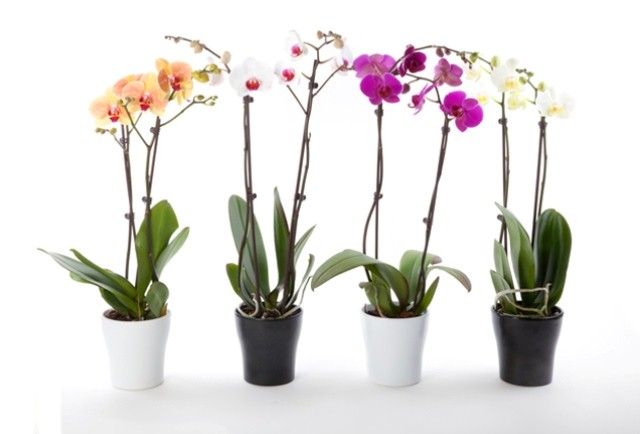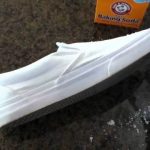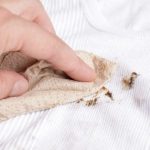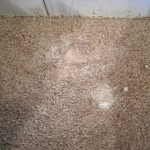In this article, we will discuss the top methods to care for orchids. They have been a symbol of love and loveliness since ages. Orchids are grown by the enthusiasts for their sheer grace and fascination. Orchids are also ideal for a bouquet worn on the dress, or as a wristband.

Top Methods to Care for Orchids:
Method 1: Selecting Orchids
Selection of plant according to the environment and condition is quite essential to care for orchids. You need to consider the orchid’s adaptability, ready availability, ease of growing, and their beautiful flowers. If you want to extend your orchids other than the easier varieties than it is highly recommended that you do plenty of research. While researching you should keep in mind the need of the more delicate and fussy varieties. Here are some of the orchids you can choose:
- Phalaenopsis
- Cattleya
- Dendrobium
- Paphiopedilum
Method 2: Watering and Feeding
Orchidaceous are the largest families of flowering plants and there are several sub-families or variations. Their requirement of soil and water purely depend on upon the variation of a family to which they belong. Usually, the ideal watering period is of five to twelve days but it is totally dependent upon the orchid species you have. Watering also dependent greatly upon the temperature and season as during summer you need frequent watering than winter.
There are some species you will need to keep them evenly moist (not wet) at all times:
- Paphiopedilum
- Odontoglossum
- Miltonia
- Cymbidium
There are some species which require water during active growth, but let them dry out after that:
- Brassia
- Dendrobium
- Cattleya
- Oncidium
You should keep these varieties almost dry between watering:
- Phalaenopsis
- Ascocenda
- Vanda
Do not wet the leaves of any variety and if you did then gently dry them with a tissue or cotton swab. Carefully remove the inner pot from the decorative one. Now, place in the sink and add orchid food to a watering can complete the watering process at the base. Wait until the water gets drain before replacing it into the decorative pottery planter. You should not allow the water to sit as it will kill the plant and your all efforts will be ruined.
Feeding the orchid once a month is recommended for most fertilizers. You should look for the fertilizers that contain nitrogen, potassium, and phosphorous. Along with this, you need to trace elements like iron. It is recommended to use a fertilizer with higher nitrogen content when new shoots are coming out. Later on, use a fertilizer with more phosphorous and potassium. Use a fertilizer which has higher nitrogen ratio if you are growing your orchid on the bar as bacteria on the bark consumer lots of nitrogen.
Method 3: Potting
Many orchids are epiphytic such that they require totally different growing media than terrestrial orchids. Do remember that if the orchid is not soil type orchid you should not put in the soil it will ultimately kill them. Epiphytes usually have thick, fleshy roots and they use them to attach themselves to trees in order to absorb water and nutrients. On the other hand, the Epiphyte orchids grow best in soilless mixtures. They generally get attached to the pieces of bark or cork.
You need to provide suitable growing media for your orchids. The commonly growing media include fir bark, sphagnum moss, coconut husks, tree-fern fibers, perlite, or a mixture of any of those.
Despite that, you need to know that the growing medium will totally depend on the orchid type. The Epiphytic orchids should have a growing substance that needs to consist of equal parts of sphagnum moss, vermiculite, finely ground bark, and moist peat. You should prefer to buy readily mixed media suitable for your orchid type and you always know the specific needs of the variety of orchid.
Method 4: Pruning and Care
The peak blooming time usually starts from late winter it normally last from five to twelve weeks. Once the bloom started to fade, cut off the spike 1.3 cm above where it projects from the foliage. You also need to trim off any dead leaves and tissue including old flower stems, dead roots, old leaves, anything rotting, etc.
In case, of fungal rot or disease, you need to cut a little past to prevent the spread of the infected tissue. Do not trim an orchid like a shrub. You should know that, cutting a part of an orchid leaf will cause the rest of the leaf to die. To prevent the spread of diseases from plant to plant use sterile tools to trim.
Additional Tip to care for orchids:
Ensure proper air circulation to help your orchid heal protect from fungal or pest infestation. During summer open windows so that the natural airflow will easily circulate. This help water evaporation and lots of fresh carbon dioxide (CO2).















